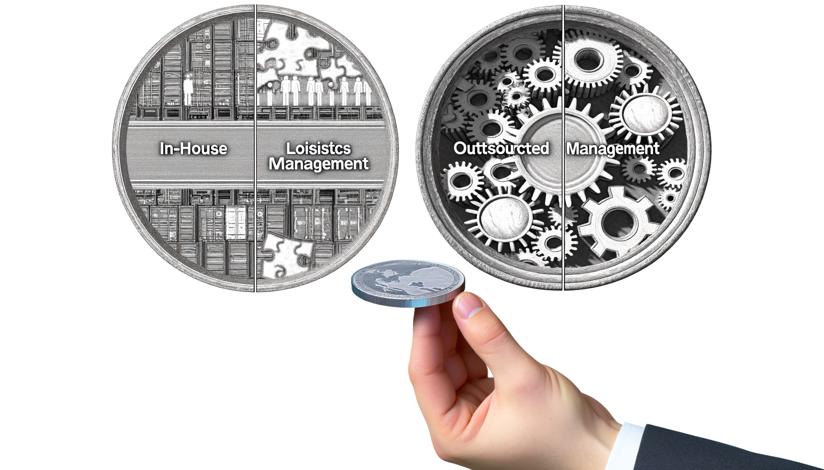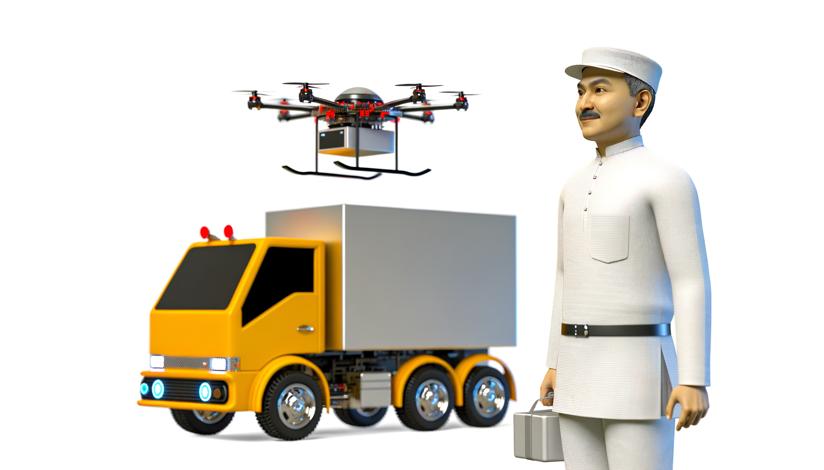

Transportation and logistics companies have a wealth of data at their fingertips, and harnessing the power of analytics can provide valuable insights and improve overall operations. Two key approaches to analyzing this data are real-time data tracking systems and historical analysis using predictive analytics software.
Real-time data tracking systems enable companies to monitor shipments and assets in real-time, providing visibility into location, status, and other important information. This allows for timely updates and quick response to any issues that may arise. These systems use GPS and sensor technologies to collect data and transmit it to a centralized platform, where it can be analyzed and acted upon. This real-time information can be used to optimize routes, improve delivery accuracy, and better allocate resources.
On the other hand, historical analysis using predictive analytics software allows companies to examine past data and identify trends and patterns. By analyzing historical shipment data, companies can gain deeper insights into performance, identify areas for improvement, and make data-driven decisions for the future. This analysis can help optimize supply chain management, reduce costs, and improve customer satisfaction.
Both real-time data tracking systems and historical analysis have their advantages and limitations. Real-time data tracking systems provide immediate visibility and enable quick response to issues, but they may be limited by the accuracy and quality of the data collected. On the other hand, historical analysis allows for a deeper understanding of trends and patterns, but it may not provide real-time insights necessary for immediate decision-making.
The choice between real-time data tracking systems and historical analysis depends on the specific needs and goals of the transportation and logistics company. Companies that require real-time visibility and quick response may opt for real-time data tracking systems. On the other hand, companies that prioritize long-term optimization and strategic decision-making may focus on historical analysis using predictive analytics software.
In conclusion, both real-time data tracking systems and historical analysis are valuable tools in the transportation and logistics industry. Real-time data tracking systems provide immediate visibility and enable quick response, while historical analysis allows for a deeper understanding of trends and patterns. The choice between the two depends on the specific needs and goals of the company. Ultimately, the power of analytics lies in its ability to provide valuable insights and improve operations in this ever-changing industry.

Real-time visibility
Quick response to issues
Optimized routes

Limited data accuracy
Lack of real-time insights



















-
https://www.researchgate.net/publication/123456789/The_Power_of_Analytics_in_Transportation_and_Logistics
-
https://www.logisticsmgmt.com/article/how_analytics_are_powering_logistics_performance

































